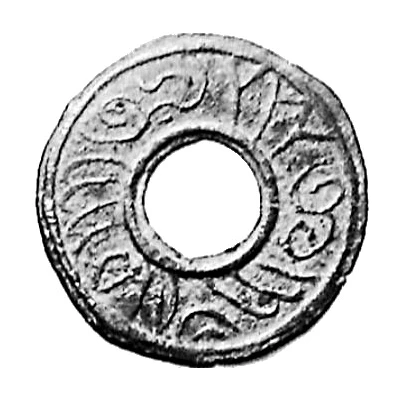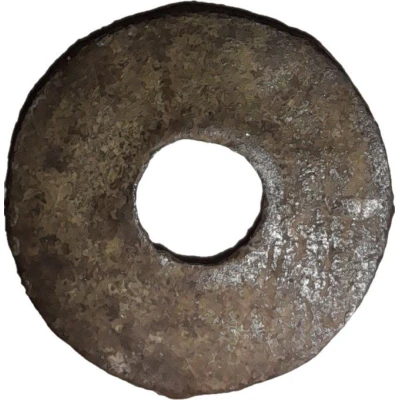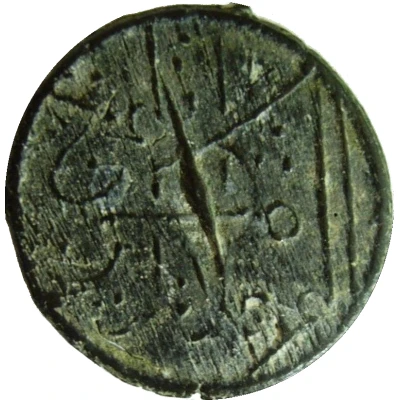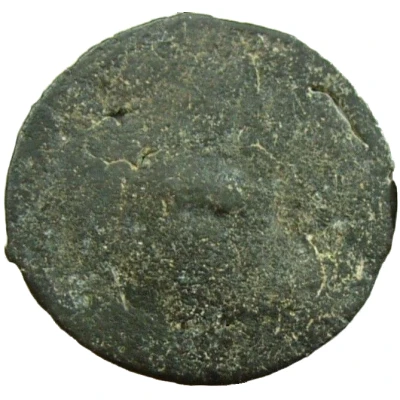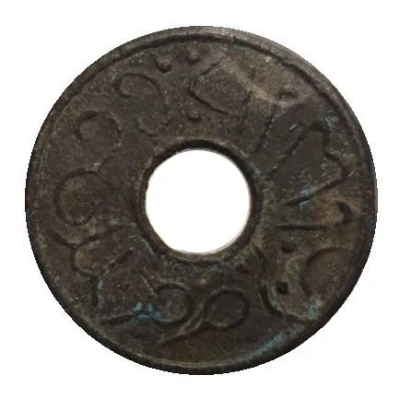
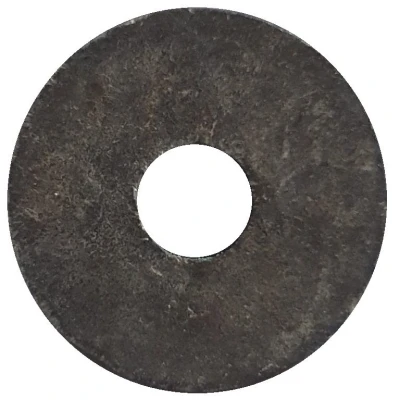

© infierno
1 Pitis - Zarb fi Bilad Palembang ND
| Tin | - | 20 mm |
| Issuer | Sultanate of Palembang (Indonesian States) |
|---|---|
| Type | Standard circulation coin |
| Years | 1710-1778 |
| Value | 1 Pitis (0.1) |
| Currency | Keping |
| Composition | Tin |
| Diameter | 20 mm |
| Shape | Round with a round hole |
| Technique | Cast |
| Orientation | Coin alignment ↑↓ |
| Demonetized | Yes |
| Updated | 2024-10-05 |
| Numista | N#150255 |
|---|---|
| Rarity index | 83% |
Reverse
Plain
Edge
Plain
Comment
Mitchiner & Yih (2013:33-36) date these coins to a period between AD 1710–1778. This corresponds to the reign of Muhammad Mansyur Jayo Ing Lago (1706–1718) to Muhammad Bahauddin (1776–1803) in the Palembang Sultanate. This type is among the most common Palembang coin to be found but also one with the most inconsistent quality, particularly in the legibility of their inscription. Counterfeit coins and some poorly made official coins may be difficult to distinguish from each other as both were in common circulation.Numerous listings such as Mitchiner & Yih (2013) and Robinson (2015) Romanized ضرب as "zarb", though various Arabic Romanization standards tend to approximate ض as "d".
See:
- Millies, Henricus Christiaan (1871). Recherches sur les monnaies des indigènes de l'archipel Indien et de la pèninsule Malaie.
- Mitchiner, Michael and Tjong Ding Yih (2013). "Coin Circulation in Palembang (Sumatra), circa AD 1710 to 1825. Sultanate coins minted at Palembang."
- Robinson, Frank S. (2015). Palembang Coins.
Interesting fact
The 1 Pitis coin from the Sultanate of Palembang (Indonesian States) made of Tin is interesting because it was used as a form of currency in the 18th century, specifically between 1710 and 1778. It was a standard circulation coin, which means it was widely used in transactions and was a common sight in the economy of the time. The fact that it was made of tin is also notable, as tin was a valuable resource at the time and was often used to make coins. This coin is a piece of history that provides insight into the economic and cultural practices of the Sultanate of Palembang during that period.
